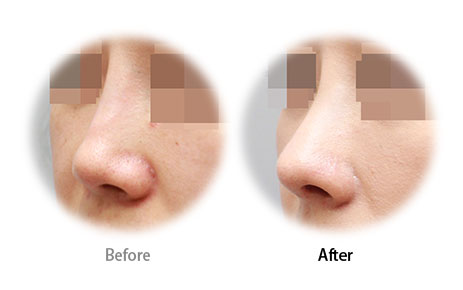Secondary
rhinoplasty


Secondary rhinoplasty generally requires more effort and time
compared to prior surgery.
Especially nowadays, due to damages caused by illegal plastic surgery
carried out by non-professionals and unqualified medical practitioner,
revisional surgery became more difficult and important.

- 01 Visible implant.
- 02 Redness on the nose.
- 03 Asymmetrical nostrils
- 04 Deformed shape including deviated nose, crooked nose, short nose and upturned nose.
- 05 Droopy nasal tip.
- 06 Protruded looking mouth after the surgery.
- 07 Deformed nose shape due to inflammation.
- 08 Side effects.
Case01
Nasal tip and bridge are not augmented enough and there is no
connection in between. Nasal tip and bridge both should be augmented
and the connecting part should be smoothened using temporal fascia.
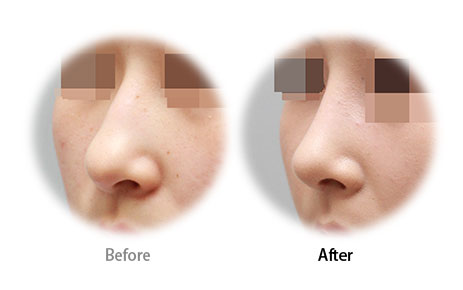
Case02
Implant and the nose are deviated to one side. The bottom of the
nose bridge is adjusted to fix the cause of deviation and re-occurrence
of such deviation can be prevented by covering the implant with
temporal fascia while the shape of the nose is refined at the same time.
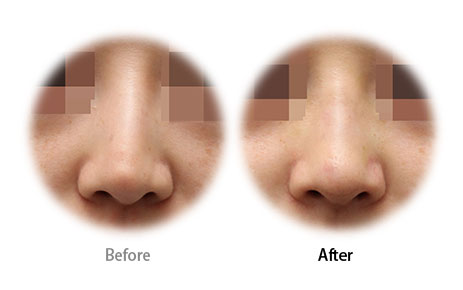
Case03
The tip of the nose is collapsed and the connection between nasal tip
and the bridge is uneven. Correction can be made by augmenting
the nose bridge with septal cartilage column and covering the implant
with temporal fascia to create natural and refine look.
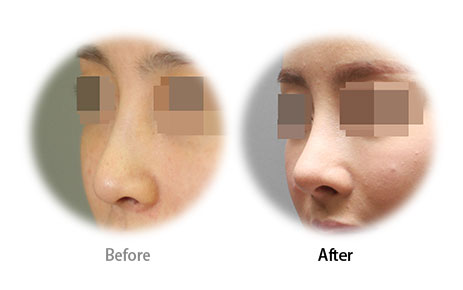
Case04
Hooked nose appeared again due to collapse of the nasal tip.
By removing the hooked portion and augmenting the tip of the nose
with rib cage cartilage, more refined nose line is created.
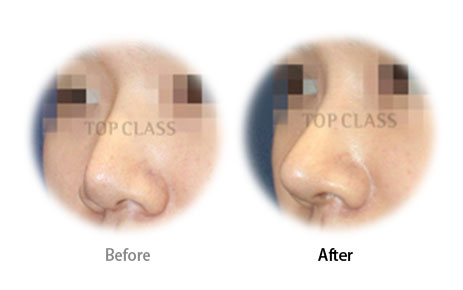
Case05
Over-augmenting the nasal dorsum give long nose and stronger facial
impression. Lowering the eyebrow according to forehead line and
augmenting the nose tip gives more dimension to the face as well as
more natural line from the forehead to the tip of the nose.
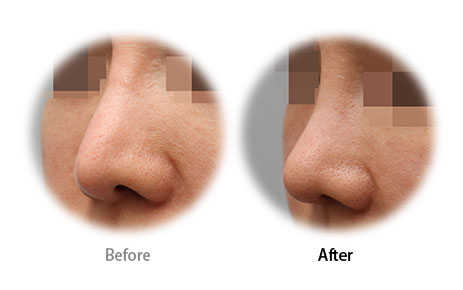
Case06
Uneven connection between the nose bridge and tip give
unnatural look and the nasal column looks droopy.
Augmenting the tip of the nose and correcting droopy nasal column
makes the connection more smooth and gives more refined look.
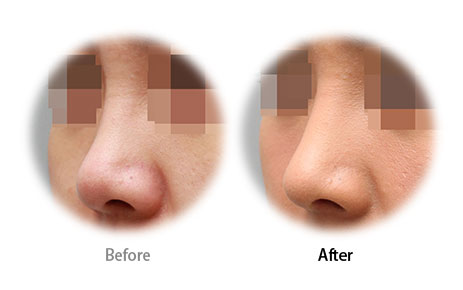
Case07
The case of low eyebrows and upturned nose tip. Augmenting the
eyebrows and lowering the point at the tip of the nose with septal
cartilage elongation and at the same time, nose tip is augmented to
emphasize three dimensional line.
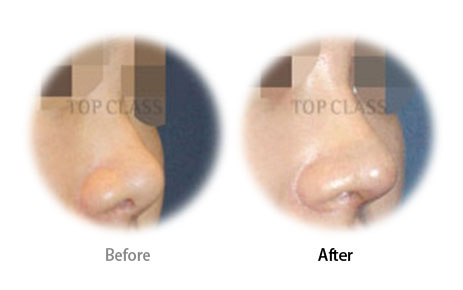
Case08
Skin at the tip of the nose is expanded where atrophy has appeared
due to inflammation, and the nasal column was created with rib cartilage
to create sharp nose tip.
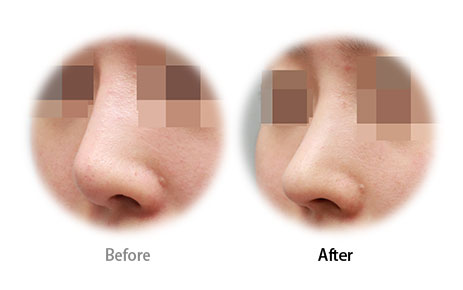
Case09
Smoothing the middle portion of hooked nose and augmenting the tip
of the nose help emphasize the smooth line of the nose.
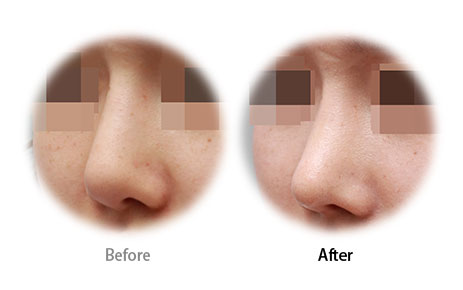
Case10
Dermofat is used to protect and augment the tip of the nose
where the skin got thin.
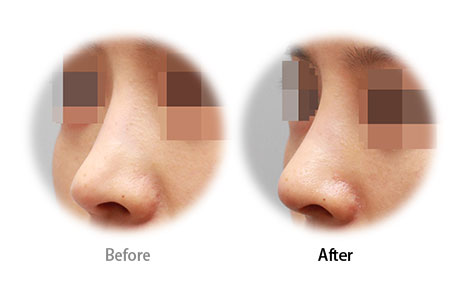
Case11
Deviated and uneven nose due to excessive atrophy on epithelium.
Atrophy is removed to create more natural and smooth nose shape.
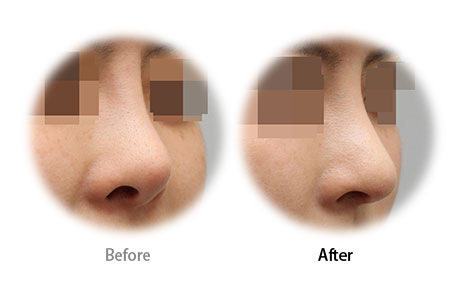
Case12
Nasal column became droopy due to L-shaped implant and the
implant is see-through. The tip of the nose is augmented by rib
cartilage transplantation and the implanted is replaced with High Soft
silicone. Nasolabial angle also is corrected to create refined image.
